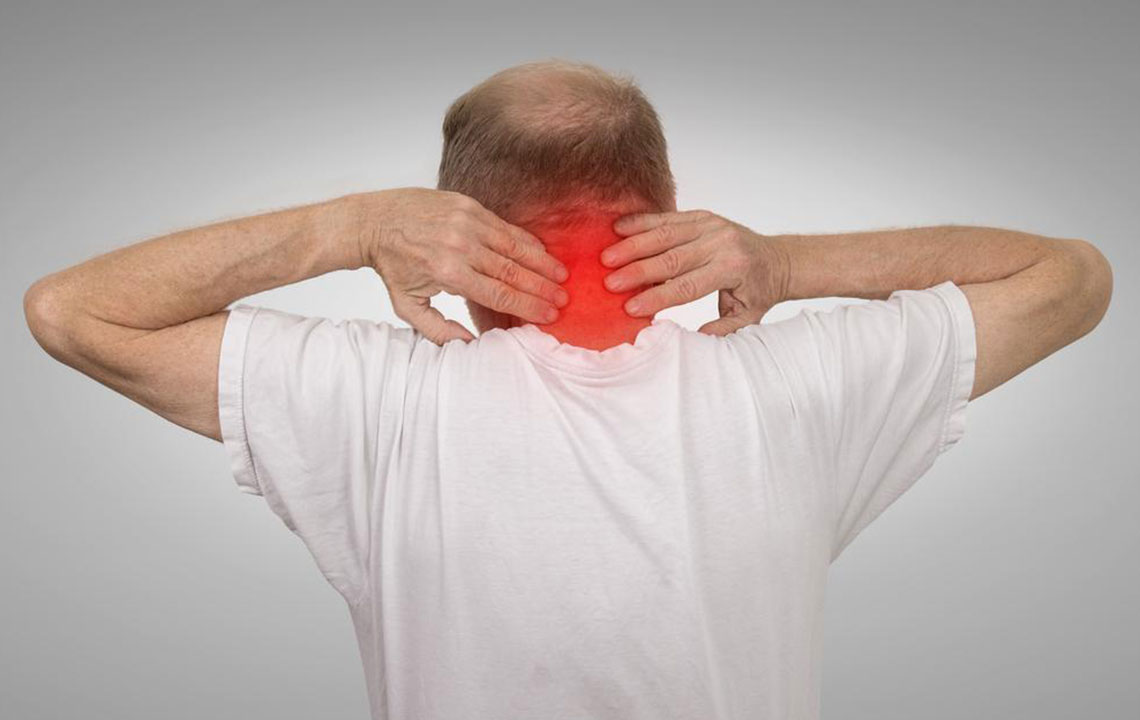Common Spine Problems
While there are many issues that may result in back pain, most of our patients suffer from the following disorders
- Abnormal Curvature – Your spine’s natural curves help balance your body, however, if the curves become too pronounced, or if your spine develops a twist or an extra curve, it puts extra pressure on the vertebrae and discs. Abnormal curvatures include:
- Scoliosis – a side-to-side curve in your back
- Kyphosis – increased curve (“hump”) in your upper back
- Lordosis – increased curve in your lower back (“swayback”)
- Degenerated Disc – Degenerative disc disease (DDD) is used to describe changes of the spinal discs – most commonly thinning, hardening and drying out.

Disc degeneration can result from normal aging or wear-and-tear, but can start or accelerate because of injury, disease or unusual stress. Degenerated discs can irritate the spinal nerves and cause instability.
- Bulging Disc – If the outer wall of a spinal disc weakens, it may push out, or bulge, toward the nerves. This can cause painful nerve irritation.
- Herniated Disc – If the outer wall of a spinal disc tears (ruptures), the soft material inside the disc can squeeze out and press on nearby nerves. This can cause pain, numbness or weakness in your legs or back.
- Fractures – Vertebrae that crack or break can be caused by an injury, repeated stress or a condition like osteoporosis, which can make bones weak and brittle.
- Instability – Spinal instability is when adjoining vertebrae slip back and forth, or have permanently shifted out of position. This instability can be caused by a damaged spinal disc, a bone injury, arthritis in the facet joints, or just something you were born with. The slippage can irritate the bone, disc, spinal cord and nerves.
- Stenosis – Stenosis is a narrowing of the spinal canal. Stenosis can press on the spinal cord and nerves and cause pain and other symptoms.
- Nerve Problems – All of the conditions described above can irritate or press on (pinch) the spinal cord or nerves. This can cause pain, numbness, weakness and other problems throughout your body. Common examples include leg or arm pain when problems are related to the lower spine or neck.
Disclaimer:
The content provided on our blog site traverses numerous categories, offering readers valuable and practical information. Readers can use the editorial team’s research and data to gain more insights into their topics of interest. However, they are requested not to treat the articles as conclusive. The website team cannot be held responsible for differences in data or inaccuracies found across other platforms. Please also note that the site might also miss out on various schemes and offers available that the readers may find more beneficial than the ones we cover.




